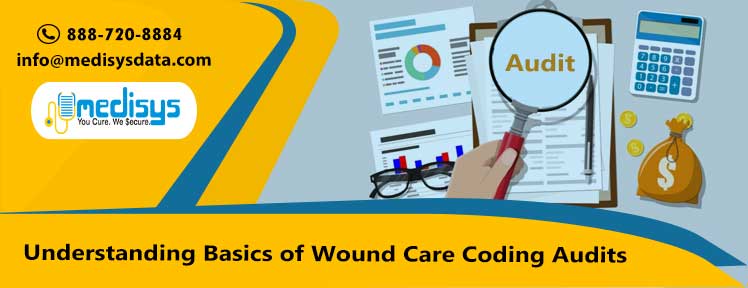Introduction
Wound care plays a pivotal role in managing and treating a wide spectrum of injuries, from acute wounds to chronic ulcers. As with any medical procedure, accurate and compliant billing is crucial for ensuring financial reimbursement and adherence to regulatory standards. However, the complexities of wound care coding often lead to billing errors, potentially resulting in claim denials, financial losses, and even legal repercussions. This is where wound care coding audits come into play, serving as a critical tool for healthcare providers to identify and rectify errors, maintain compliance, and optimize revenue capture.
Understanding Wound Care Coding Audits
Wound care coding audits are comprehensive assessments of a healthcare provider’s wound care billing and coding practices. These audits aim to ensure that the provider is accurately assigning CPT (Current Procedural Terminology) and HCPCS (Healthcare Common Procedure Coding System) codes to wound care services, adhering to coding guidelines, and documenting services in a clear and concise manner. There are three primary types of wound care coding audits:
- Internal audits: Conducted by the healthcare provider itself to proactively identify and address potential coding errors.
- External audits: Performed by independent auditors or regulatory agencies to assess compliance with coding guidelines and reimbursement policies.
- Targeted audits: Focused on specific areas of concern or high-risk procedures to identify patterns of coding errors.
Common Wound Care Coding Errors
Despite the importance of accurate coding, wound care coding errors remain prevalent. Some of the most common errors include:
- Incorrect Code Selection: Selecting the wrong CPT or HCPCS code for the specific wound care service performed.
- Improper Wound Size and Stage Documentation: Inaccurate documentation of wound size and stage can lead to incorrect coding.
- Inaccurate Modifier Application: Misapplying modifiers, such as those indicating wound complexity or multiple procedures, can lead to coding errors.
Preparing for a Wound Care Coding Audit
To effectively prepare for a wound care coding audit, healthcare providers should follow these essential steps:
- Gather Relevant Documentation: Collect all necessary medical records, billing statements, and coding guidelines.
- Identify Potential Risk Areas: Review past audits, claim denials, and internal reviews to identify areas of potential concern.
- Conduct a Self-Audit: Perform a mock audit of a sample of wound care cases to identify and address potential errors.
- Collaborate with Wound Care Providers: Work closely with wound care providers to ensure accurate documentation and coding.
- Educate Staff: Provide training and education to staff on proper wound care coding practices and guidelines.
To conclude, wound care coding audits are an essential tool for healthcare providers to ensure accurate billing, maintain compliance, and optimize revenue capture. By proactively addressing coding errors and implementing effective coding practices, providers can safeguard their financial integrity, protect patient care, and establish a reputation for excellence in wound care management.
Medisys’ Expertise in Wound Care Coding Audits
Medisys Data Solutions (MDS), a leading medical billing company, possesses extensive experience and expertise in conducting wound care coding audits for healthcare providers. Our team of experienced professionals takes a comprehensive approach to audits, emphasizing collaboration, education, and corrective action. We work closely with providers to identify and rectify coding errors, implement effective coding practices, and ensure long-term compliance. Contact us at 888-720-8884 / info@medisysdata.com to learn more about our wound care coding audits services.












